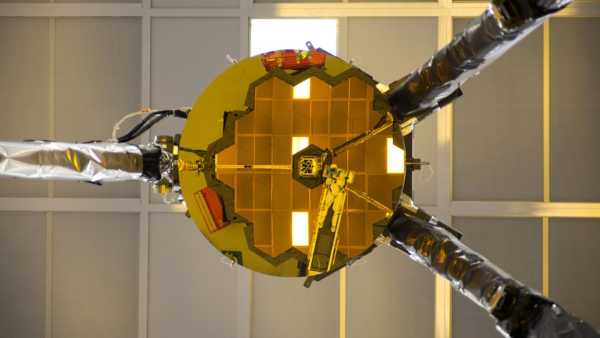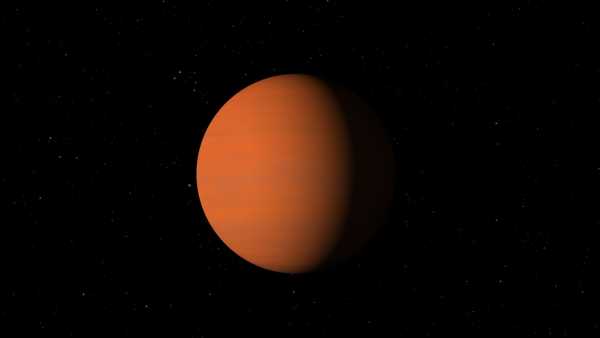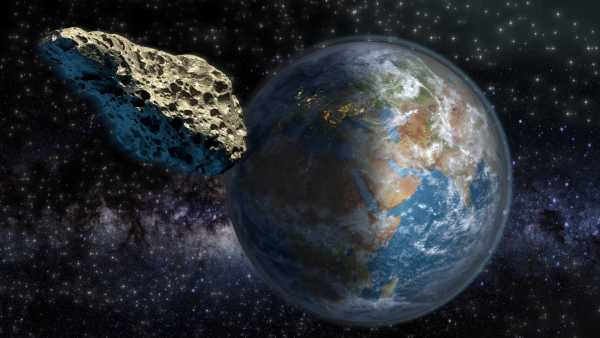
A giant asteroid, first spotted earlier this year, will make its closest approach to Earth on September 18. (Image credit: Getty Images)
This week, a skyscraper-sized “potentially hazardous” asteroid will approach Earth. You can witness its passage yourself, using a backyard telescope or watching a free online broadcast.
An asteroid discovered earlier this year was initially predicted to collide with our planet in 2089, temporarily placing it at the top of the European Space Agency's (ESA) list of high-impact asteroids. However, following new observations, it is no longer considered an immediate threat.
You may like
-
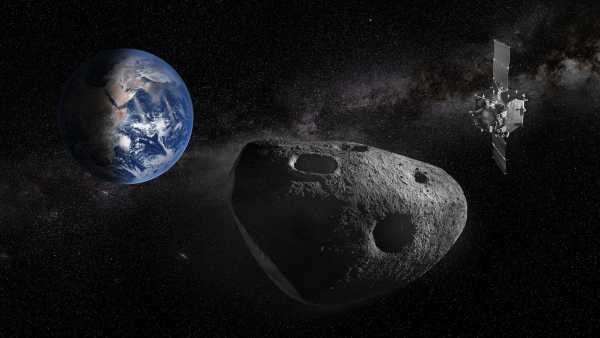
The Apophis flyby will be a “once-in-a-millennium” opportunity for skywatchers and scientists.
-
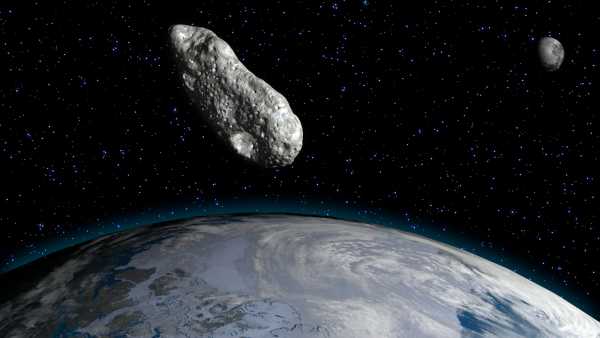
A newly discovered bus-sized asteroid will fly past Earth today and will not return for exactly 100 years.
-

Watch the newly discovered “interstellar visitor” 3I/ATLAS fly towards us in its first live broadcast
Asteroid 2025 FA22 was initially discovered in March by the Pan-STARRS 2 telescope in Hawaii. The asteroid quickly made headlines when it was revealed that it had a 0.01% chance of colliding with Earth during its next close flyby on September 23, 2089. (This story was somewhat overshadowed by another asteroid, 2024 YR4, which, according to a brief prediction, had a much higher chance of colliding with our planet in 2032, around the same time 2025 FA22 was first spotted.)
Despite the low probability of impact, space agencies took the threat of 2025 FA22 seriously, and the asteroid briefly rose to the top of the ESA's risk list, which tracks all near-Earth objects predicted to have a non-zero chance of colliding with our planet.
“However, subsequent high-priority observations soon allowed astronomers to refine the asteroid's trajectory and rule out the risk of a collision,” ESA said in a new statement. Asteroid 2025 FA22 was completely removed from ESA's list of asteroids posing a risk in May.
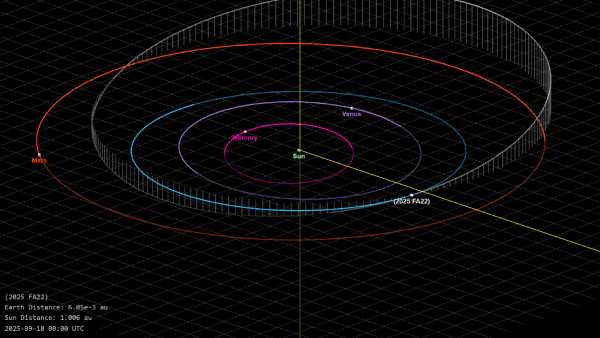
Asteroid 2025 FA22 will make similar close approaches again in 2089 and 2173.
The completely safe flyby of 2025 FA22 will be broadcast live via a free stream by the Virtual Telescope Project, which will track the object using a telescope in Manciano, Italy. The broadcast will begin around 11:00 PM ET on Wednesday (September 17).
According to IFLScience, the asteroid could reach magnitude 13 during its closest approach, making it bright enough to be visible with a good home telescope or stargazing binoculars. You can find its location in the night sky at TheSkyLive.com.
Researchers will closely monitor the asteroid from observatories around the world, including NASA's Goldstone Radar Telescope in Barstow, California, which may reveal more information about the space rock's true size and shape.
You may like
-
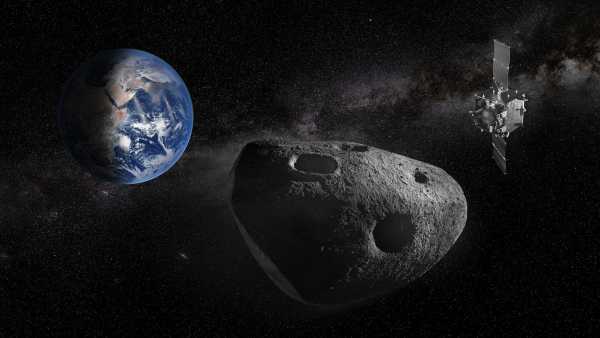
The Apophis flyby will be a “once-in-a-millennium” opportunity for skywatchers and scientists.
-
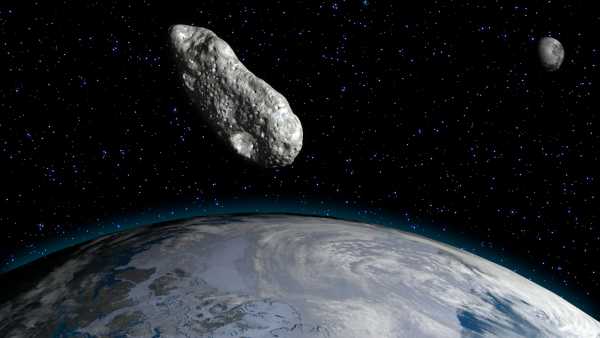
A newly discovered bus-sized asteroid will fly past Earth today and will not return for exactly 100 years.
-
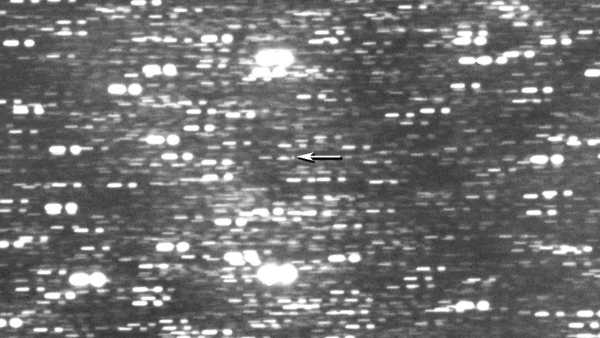
Watch the newly discovered “interstellar visitor” 3I/ATLAS fly towards us in its first live broadcast
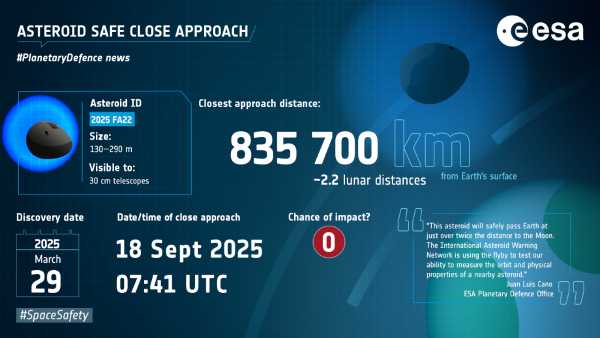
ESA has released new information about 2025 FA22 in preparation for the upcoming flyby.
The International Asteroid Warning Network (IAWN) is also using the 2025 FA22 flyby as an opportunity to practice its emergency protocols by running a training scenario under the pretense that the asteroid will still collide with us in 2089. This mock test, called the IAWN 2025 FA22 campaign, will involve measuring as many asteroid characteristics as possible with the highest possible accuracy in preparation for a hypothetical future asteroid deflection mission.
RELATED STORIES
— “Invisible threat”: a swarm of hidden “city-killer” asteroids around Venus may one day collide with Earth, calculations show.
— Asteroid 2024 YR4, the “city killer,” could rain bullet-shaped meteors down on Earth if it collides with the Moon in 2032.
— No, NASA didn't warn about an impending asteroid strike in 2038. Here's what actually happened.
“While asteroid 2025 FA22 poses no hazard, it is important to develop our ability to measure these properties, as they influence the asteroid's response to any attempt to divert it from a collision course with Earth,” ESA officials wrote about the campaign.
In fact, asteroid 2025 FA22 won't come too close to us in 2089. The latest calculations from NASA's Jet Propulsion Laboratory show that it will come within 6 million km (3.7 million miles) of Earth, more than seven times farther than its current flyby.
However, in 2173, the asteroid will come very close to us again, reaching a minimum distance of about 200,000 miles (320,000 km), making it closer to us than the Moon.

Harry Baker, Social Link Navigation, Senior Staff Writer
Harry is a senior writer for Live Science based in the UK. Before becoming a journalist, he studied marine biology at the University of Exeter. He covers a wide range of topics, including space exploration, planetary science, space weather, climate change, animal behavior, and paleontology. His recent work on solar maximum won the 2024 Aerospace Media Awards in the Best Space Story category and was shortlisted for the 2023 NCTJ Awards for Excellence in the Breaking News category. He also writes Live Science's weekly series, “Earth from Space.”
You must verify your public display name before commenting.
Please log out and log back in. You will then be asked to enter a display name.
Exit Read more
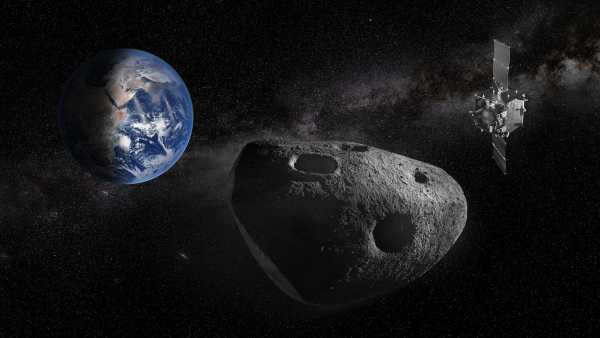
The Apophis flyby will be a “once-in-a-millennium” opportunity for skywatchers and scientists.
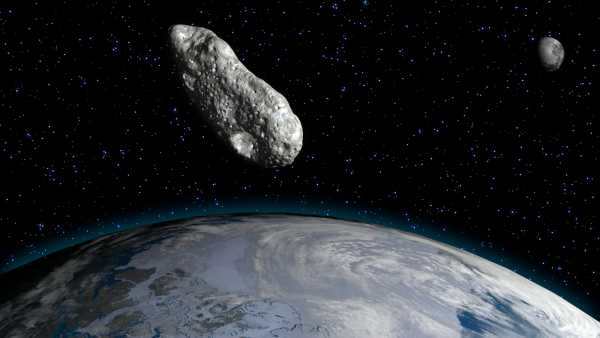
A newly discovered bus-sized asteroid will fly past Earth today and will not return for exactly 100 years.
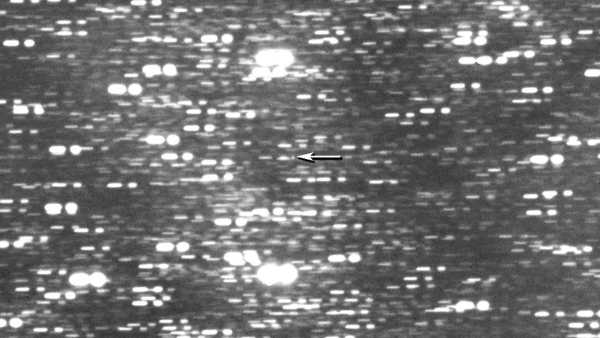
Watch the newly discovered “interstellar visitor” 3I/ATLAS fly towards us in its first live broadcast
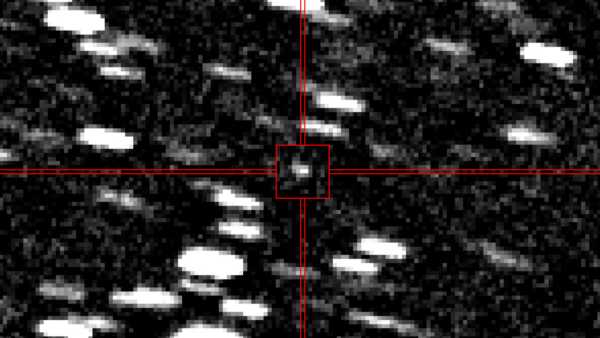
Astronomers have discovered a potential “interstellar visitor” flying through the solar system toward Earth.
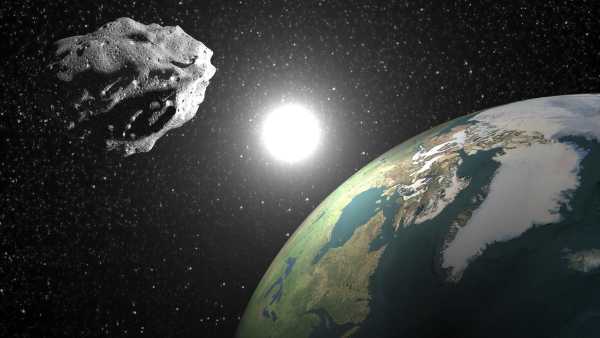
A new “quasi-moon” has been discovered in near-Earth orbit, which may have been hidden there for decades.
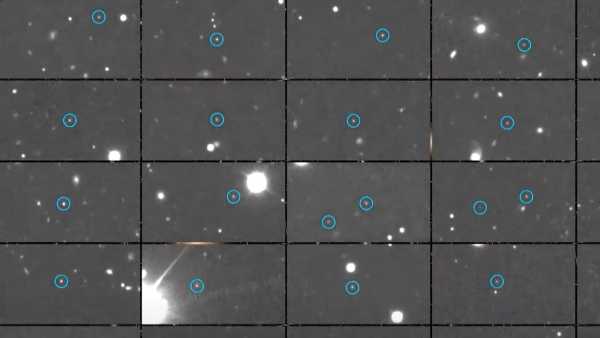
The Rubin Observatory has discovered 2,104 asteroids in just a few days. It could soon discover millions more.
Latest news about asteroids
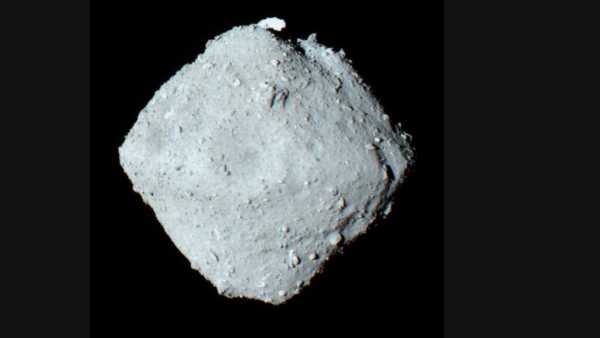
Shocking analysis reveals water once flowed on the asteroid Ryugu
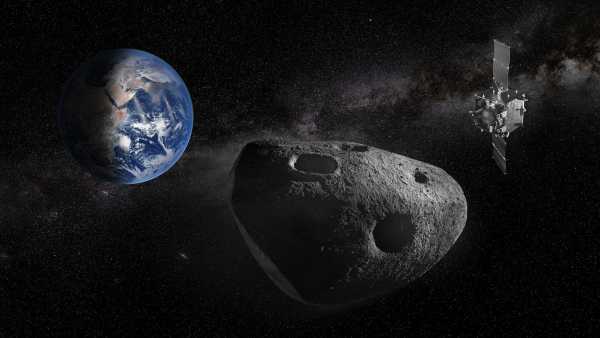
The Apophis flyby will be a “once-in-a-millennium” opportunity for skywatchers and scientists.
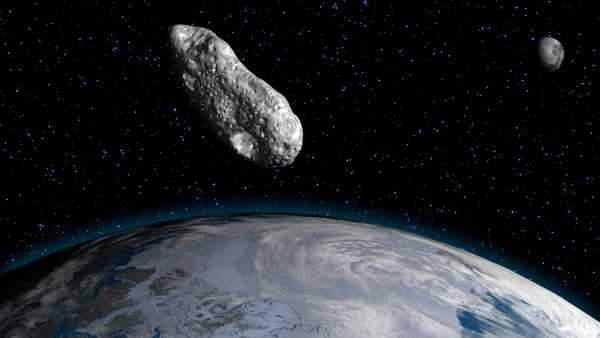
A newly discovered bus-sized asteroid will fly past Earth today and will not return for exactly 100 years.
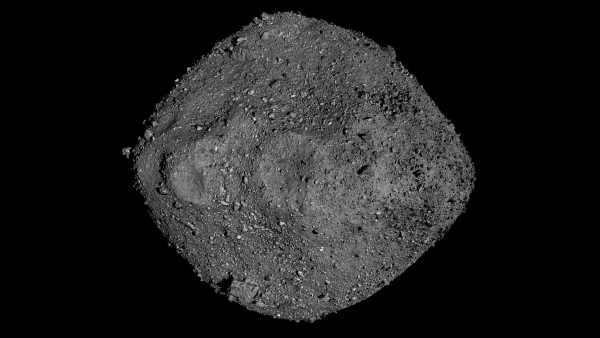
The Bennu sample contains dust that is older than the solar system itself.
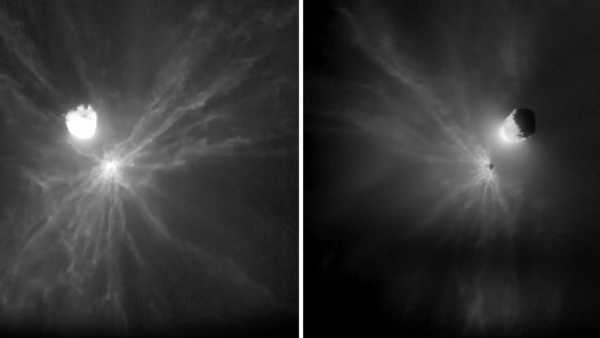
Giant space “boulders” released by NASA's DART mission are not behaving as expected, revealing the hidden risks of asteroid deflection.
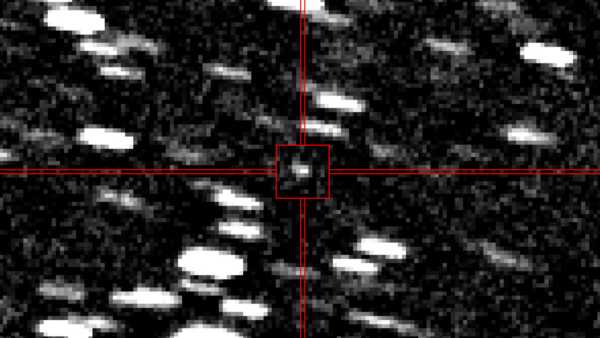
Astronomers have discovered a potential “interstellar visitor” flying through the solar system toward Earth.
Latest news

A 1,900-year-old 'treasure' has been discovered in the burnt-out home of a Roman family in Romania.

A grumpy Pallas's cat has been captured in a stunning camera trap photo from the Eastern Himalayas.
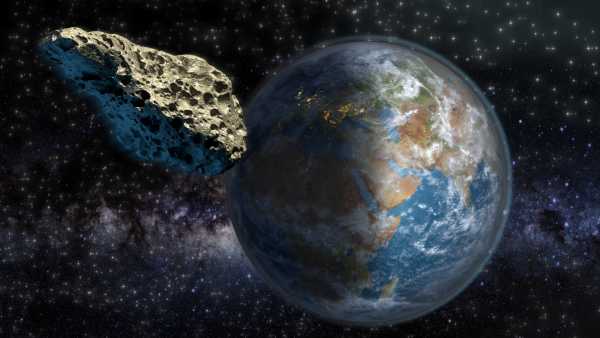
A skyscraper-sized asteroid previously predicted to hit us in 60 years will fly past Earth on Thursday (September 18) – and you can see it live.

'This needs to be done quickly': Scientists rush to cryopreserve endangered tree before it disappears

Researchers have found that the world's oldest mummies were smoke-dried 10,000 years ago in China and Southeast Asia.
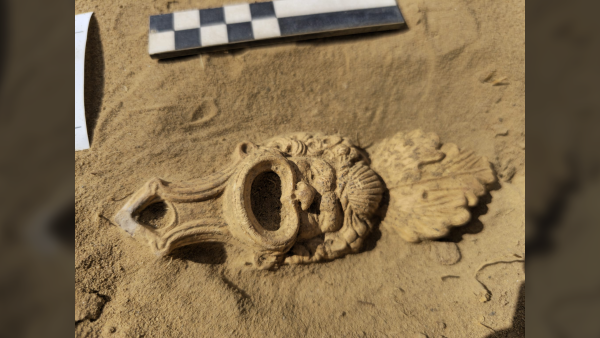
A 1,900-year-old oil lamp that lit the way to the afterlife has been found in a Roman cemetery in the Netherlands.
LATEST ARTICLES

1History of Science: The tragic death of gene therapy, which halted the development of this field for a decade – September 17, 1999
Live Science magazine is part of Future US Inc., an international media group and leading digital publisher. Visit our corporate website.
- About Us
- Contact Future experts
- Terms and Conditions
- Privacy Policy
- Cookie Policy
- Accessibility Statement
- Advertise with us
- Web notifications
- Career
- Editorial Standards
- How to present history to us
© Future US, Inc. Full 7th Floor, 130 West 42nd Street, New York, NY 10036.
var dfp_config = { “site_platform”: “vanilla”, “keywords”: “type-news-trending,serversidehawk,videoarticle,van-enable-adviser-
Sourse: www.livescience.com



